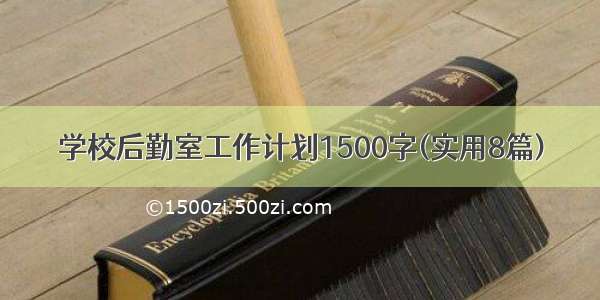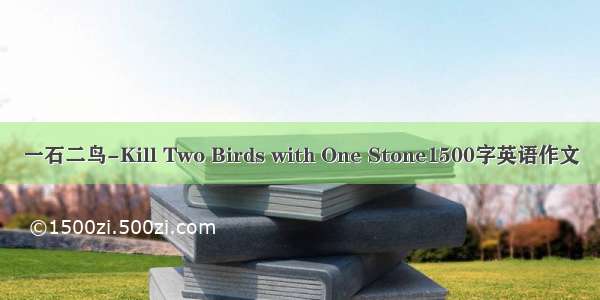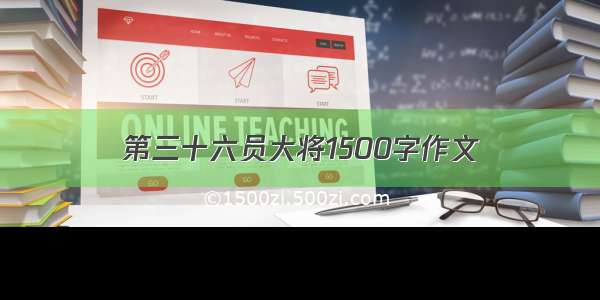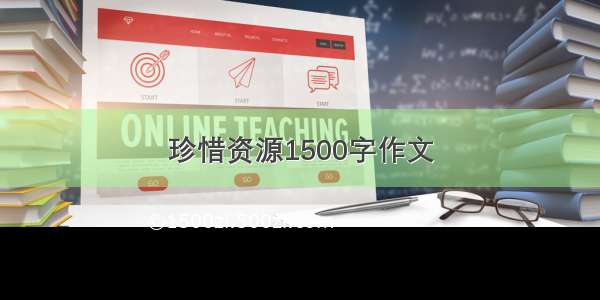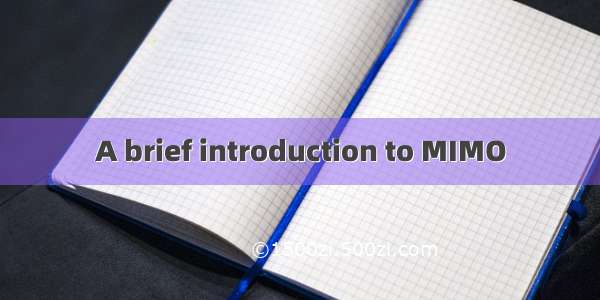
A brief introduction to MIMO
电子科技大学,格拉斯哥学院,,陈嘉洋, A sophomore in UESTC
PS: This blog is the essay for our freshmen seminar courses which may not be very useful, professional or even strict, because I am not quite familiar with MIMO and English. If there are academic or other mistakes please forgive me.
PART ONE:What is Wireless Communication?
Wireless communicationis one of the most active and useful subjects in the world. The concept of wireless communication means that the way of communication in free space depends on “wireless ways” like electromagnetic waves instead of wires. The way of wireless communication enables people to communication with their friends, family and honeys at any time and any place where wireless electromagnetic waves can reach.
The applications of wireless communication containcellphones, WLAN, UWB, Bluetoothand so on. Nowadays, millions of people are beneficiaries of wireless communication due to the advantages of wireless communication.
(Fig.1-1 A diagram of Wireless communication)
However, since the speed of data transmission is still not satisfactory(384kbit/s~2Mbit/s), but the frequency bandwidth and the transmitted power is almost saturated, a new way which does not damage frequency bandwidth and transmitted power meanwhile can provide high speed of data transmission catches scientists’ attention-that is MIMO (part of the fourth generation mobile communication technology (abbr. 4G))
PART TWO:What are the characteristics of Wireless Communication?
There are two important concepts in wireless communication:frequency bandwidth and transmitted power.
Frequency Bandwidth:
It is the difference between the upper and lower frequencies in a continuous band of frequencies. It is typically measured in Hertz (Hz).
(Fig.2-1 A diagram of Bandwidth)
Transmitted power:
It is a measurement of the signal strength of the signals from the base station. It is typically measured inWatt (W).
Based on these two concepts, the characters of wireless communication can be epitomized into three categories (basically the contradictions):co-channel interference (CCI),multipath effectandfading.
Co-channel interference:
It is caused by useless signals with the same frequency as the initial signal (They have the same paths). In modern society, it’s mainly caused byOFDM technologywhich makes some waves non-orthogonal.
Multipath effect: It is mainly caused by the superposition of different paths of different electromagnetic waves.
Fading:
It is mainly caused by the varying of the media and the paths according to time. Fading can be divided into 2 parts:The Shadow Fading(caused by Shielding Effect. It obeys theNormal Distribution) andThe Multipath Effect(caused by the phase differences of different signal components. It obeys theRayleigh Distribution). The received signals are the multiplications of the signals caused by the Shadow Fading and the Multipath Effect
(Fig.2-2 The shadow effect and the analogy)
(Fig.2-3 the Multipath Effect)
PART THREE:What is SISO, MISO, SIMO and MIMO?
In the previous parts, we mentioned the wireless communication, it seemed to have no relation with our topic MIMO technology, so in this part we will gradually come to our topic MIMO. Before talking about MIMO, we still have some relative concepts that isSISO,MISO, andSIMO. After finishing this part, you may know why MIMO is important.
SISO:
(single input single output): Traditional wireless communication uses one transmitting antenna and one receiving antenna communication system which is basically know as SISO system. However, in this system there exists a bottleneck that cannot be solved-Shannon Limit:
C = B ∗ l o g 2 ( 1 + S / N ) C=B*log_2(1+S/N) C=B∗log2(1+S/N)
WhereCis the channel capacity in bits per second, a theoretical upper bound on the net bit rate excluding error-correction codes;
Bis the bandwidth of the channel in hertz (passband bandwidth in case of a bandpass signal);
Sis the average received signal power over the bandwidth (in case of a carrier-modulated passband transmission, often denoted C), measured in watts (or volts squared);
Nis the average power of the noise and interference over the bandwidth, measured in watts (or volts squared); and
S/Nis the signal-to-noise ratio (SNR) or the carrier-to-noise ratio (CNR) of the communication signal to the noise and interference at the receiver (expressed as a linear power ratio, not as logarithmic decibels).
Considering the Shannon Limits, another method must be considered to improve the capacitance of the wireless communication system.
SIMO:
(single input multiple output): The typical example is known as the Diversity Technology using multi-array antennas to receive signals. It’s an efficient way to resist Shading Effect with the distance of the diversity receivers being three times of that of wavelengths. However, this method can easily be affected by the Multipath Effect
MISO:
(multiple input single output): The reverse way of SIMO which means that it uses multi-array antennas to transmit signals and uses one antenna to receive signals.
MIMO:
(multiple input multiple output): MIMO technology is a combination of SIMO and MISO which means that in MIMO, multi-array transmitting antennas and multi-array receiving antennas will be used.
The following paragraphs will talk more about MIMO technology.
MIMO technology is mainly based on the discussion about thespatial multiplexingandsystem capacityof wireless communication by Winters and the theoretical analysis of channel capacity of MIMO by Telatar and Foschini. Nowadays, MIMO technology is proved to increase the channel capacity efficiently without occupying extra frequency width.
The research doing on MIMO technology majorly includes the following 4 parts:the way to measure and model the channel fading of MIMO,the analysis of channel capacity of MIMO,the way to Space-Time Code and Space-Time Decode Based on MIMOandthe key technology of the receiver based on MIMO.
PART FOUR:Why can MIMO catch so much attention?
In PART TWO, we mention three factors which have negative effect on wireless communication:Co-Channel Interference,Multipath EffectandFading. In order to eliminate or reduce these effects, MIMO uses multi-array transmitting antennas and multi-array receiving antennas. So, MIMO can have the following advantages: make use of or reduce multipath fading (MIMO technology can make most of all kinds of transmission and composition technology to improve the efficiency of wireless communication system.), eliminate co-channel interference (The adaptive beamforming technology and the multi-user detection technology applied in MIMO can eliminate of restrain multi-path effect.) and improve the using rate of frequency spectrum, increase the transmission efficiency, reduce the transmission power, reduce the spatial electromagnetic interference and increase the system capacity.
In MIMO, there are mainly three performance indexes:Efficiency,ReliabilityandComplexity.
Compared with MISO and SIMO, MIMO technology can haveSpatial Multiplexing Gains(The information with the same frequency transferred between one transmitting antenna and one receiving antenna is independent which means the construction of many sub-channels.) andSpatial Diversity Gains(The same information will be transferred many times to improve its quality according to multiple transmission paths of one antenna.)
Considering the advantages and gains of MIMO technology, this technology has great potential and development prospects in broadband wireless communication system.
PART FIVE:What is the communication channel of MIMO?
In previous parts, I talked briefly about wireless communication and MIMO technology, and I think you may know something basic knowledge about MIMO technology and its relationship with wireless communication. In the following X parts, I will focus more on some main parts of MIMO technology.
The first main part of MIMO technology iscommunication channel(also known as channel) which means the media of the transmission of information. The damage of signals which are transferred in space can be categorized as two parts:FadingandExtension. Next, I will talk more on these two concepts.
Fading:
The fading of channels means the damage in spreading that the signals experienced which can be epitomized as the changes of electrical levels varying with time, space and frequency compared with its average value. The fading of channels can be divided into two parts:Slow Fading (or Large-Scale Fading) ChannelandFast Fading (or Small-Scale Fading) Channel.
Slow Fading:
The intensity of the received signals changes slowly during a long period of time with a typical example being Shadow Fading (Fig. 2-2). When the signals are measured in dB, it obeys the Normal distribution, the pdf of which is:
p ( x ) = 1 √ [ 2 π ( σ x ) 2 ] e x p [ − ( x − μ x ) 2 ( σ x ) 2 ] p(x)=\frac{1}{√[2π(σ_x)^2 ]} exp[\frac{-(x-μ_x)^2}{(σ_x)^2 }] p(x)=√[2π(σx)2]1exp[(σx)2−(x−μx)2]
wherexis the median of signals measured in dB,μxis the expectation of the median of signals measured in dB and σ x 2 σ_x^2 σx2 is the variance of x (maximum in downtown and minimum in open areas, usually 5~12dB)
Fast Fading:
Signals change very fast with time according to the reflection scattering and absorbing of obstacles. It is more complex concept thanSlow Fading, so in mobile communication,Fast FallingChannel are mostly researched and model.
Spread:
Signal energy extends in time, space and frequency axis. It can be described from 3 different aspects:Frequency Spread (Doppler Spread),Delay SpreadandAngle Spread.
Doppler Spread:
It is mainly caused by the movement of the receiving end and the transmitting end. It can be described by the formula:
f d = f c ∗ v c ∗ c o s θ f_d=f_c*\frac{v}{c}*cosθ fd=fc∗cv∗cosθ
Where f c f_c fc is the carrier frequency,vis the relative speed,cis the speed of light andθis the angle between the received signal and the moving direction.
Delay Spread:
It is caused by the delay of different composited signals arriving at the receiver. Delay Spread τ d τ_d τd is defined as the largest delay among different paths, the coherence bandwidth B d B_d Bd is defined as the inverse of the that is B d = 1 / τ d B_d=1/τ_d Bd=1/τd and B d B_d Bd is theinverse of the Delay Spread.
(Table 5-1 Some Typical value of Delay Spread)
Angle spread:
It is mainly caused by spread of different signals arriving at receivers from different directions. It is one of the main invitations toSpace Selective Fading.
PART SIX:What is the Spatial Time Coding of MIMO?
Another important part of MIMO technology isSpace-Time Coding(code according to 2 dimensions-space and time), known as STC which relies onMulti-Array Antenna Technologyto improve the efficiency of MIMO technology which is efficient in dealing with fading and improving spectrum efficiency.
(Fig.6-1 MIMO with STC)
STC can be divided in two categories:ClassⅠSpace-Time Coding(The transmission end and the receiving end need to know the Channel State Information (CSI) when decoding) andClass Ⅱ Space-Time coding(The transmission end and the receiving end need not to know CSI when decoding. )
ClassⅠSpace-Time Coding:
It can be divided into 3 categories:Layered Space-Time Coding,Space-Time Trellis CodingandSpace-Time Block Coding. In the next few paragraphs, I will give more information.
Layered Space-Time Coding :
LSTC, It was invented in Bell Laboratory in America in 1996, It is easy to realize. The use ratio of frequency bandwidth is proportional to the number of transmission antennas, but it does bad in dealing with fading.
Space-Time Trellis Coding:
STTC, it was invented by Tarokh in AT&T Laboratory. It has great coding gains and diversity gains, but it is difficult to code and decode.
Space-Time Block Coding:
STBC, it was invented by Cadence in America which is a kind of Space-Time coding based on the orthogonal design. It has worse performance than STTC but is easy to construct and decode.
ClassⅡSpace-Time coding:
It can be divided into 2 categories:Unitary Space-Time CodingandDifferential Space-Time Coding. In the next few paragraphs, I will give more information.
Unitary Space-Time Coding:
USTC, The receiving end does not need to know CSI. It is similar to STBC which needs unitary matrices to be transferred. Good USTC needs a large number of unitary matrices which need to be further solved and researched.)
Differential Space-Time Coding:
DSTC, it is most suitable for the application of unknown CSI, but it has 3dB loss compared with relative STBC.
PART SEVEN:What is the Equalization of MIMO system?
In PART FIVE and PART SIX, I illustrated some basic characteristics of MIMO technology, in this part, I will change my focus to the whole MIMO system.
In telecommunication,inter-symbol interference (ISI)is a form of distortion of a signal in which one symbol interferes with subsequent symbols. This is an unwanted phenomenon as the previous symbols have similar effect as noise, thus making the communication less reliable. In order to eliminate ISI, we need a kind of technology with the nameEqualization(which is the reversal of distortion incurred by a signal transmitted through a channel).
In MIMO system, we also don not want ISI to influence the communication, so we introduce an important part in MIMO system-Equalizers(which are critical to the successful operation of electronic systems such as analog broadcast television. In this application the actual waveform of the transmitted signal must be preserved, not just its frequency content. Equalizing filters must cancel out any group delay and phase delay between different frequency components.). In wireless communication, the function of introduction to Equalizers is mainly eliminate ISI to reduce thebit error rate.
PART EIGHT:What is the Antenna Configuration of MIMO system?
In MIMO system,antennasare an important part of MIMO system which will directly influence the performance of MIMO system. So, the good performance depends not only on the diversity ofmultipath propagationbut also on the reasonableconfiguration of antennas.
Compared with SIMO and MISO, MIMO combines them together which means that MIMO wireless communication technology connectsAntenna Diversity TechnologyandSpace-Time Processing Technologyto make communication more efficient.
PART NINE:Where can MIMO be applied?
Since I have spent so many words on introducing MIMO technology and wireless communication, I suppose some of you may wonder where MIMO can be applied. So, in this part, I will mainly put all of my emphasis on the application of MIMO.
The first important application which is familiar to us is4G (the 4th Generation mobile communication technology). Compared with 3G (The speed is from 384kbit/s to 3.6Mbit/s in theory.), the downloading speed of 4G is largely improved(over 100Mbit/s). In 4G, the core technology is tightly related to MIMO which break the bottlenecks of 3G and 2G.
Another application of MIMO isMIMO radar(mentioned in our freshmen seminar course.). Compared with traditional radar, MIMO radar has great reliability of detecting objects, great precision about estimating the parameters of targets, the ability to distinguish different targets and ambiguity of estimating the parameters of targets.
In addition of these applications,Ultra Wide Band(UWB) systemandCognitive Radio systemare about to introduce MIMO technology. It is expected that MIMO technology will have a promising prospect in Wireless communication.
Appendix:Reference
1. 黄韬,袁超伟,杨瑞哲,刘鸣. MIMO相关技术及应用. 北京:机械工业出版社,
2. 王超等.空时编码技术及其展望:西安电子科技大学学报,
3. 斯托伊卡 (Peter Stoica),李建. MIMO雷达信号处理,北京:国防工业出版社,
4. Proakis J G. Digital Communication. New York: McGraw-Hill,1995
5. Shannon C E. A mathematical theory of communication. Bell System Tech,1948
6. /item/无线通信/80254?fr=aladdin
7. /item/衰落/2551066
8. /item/时延扩展
9. /item/MIMO/1881?fr=aladdin#6_2
10. /wiki/Equalization_(communications)
11. /wiki/Shannon–Hartley_theorem
12. /wiki/Bandwidth_(signal_processing)





